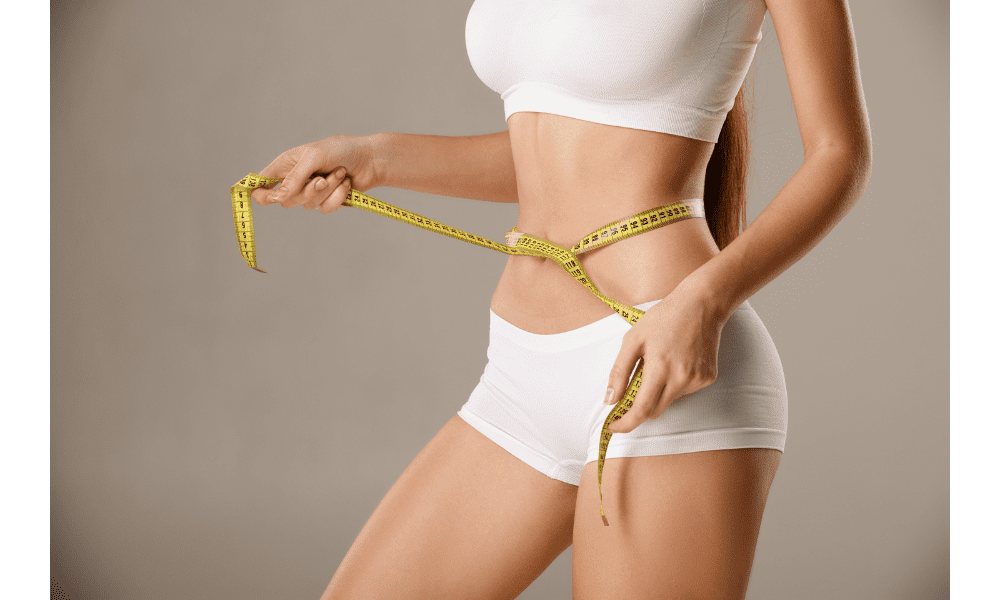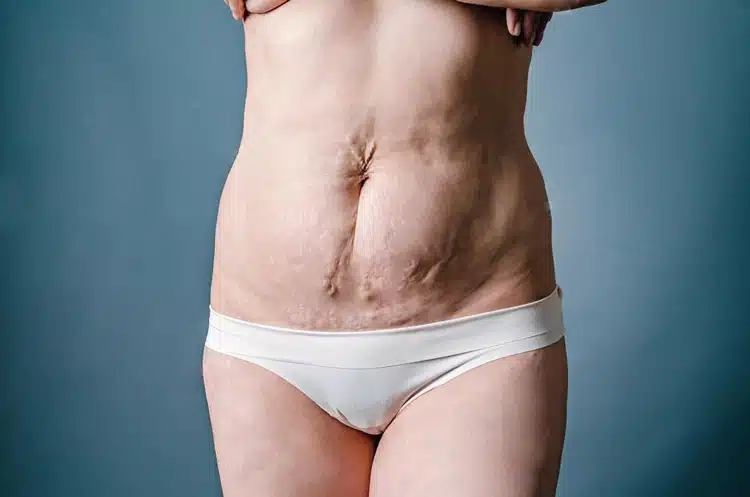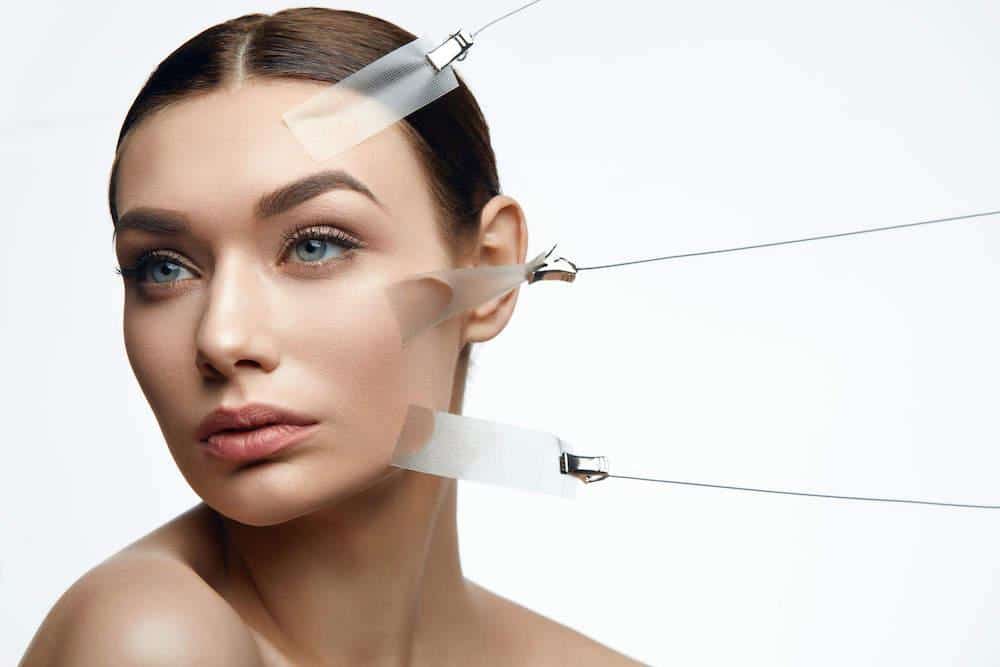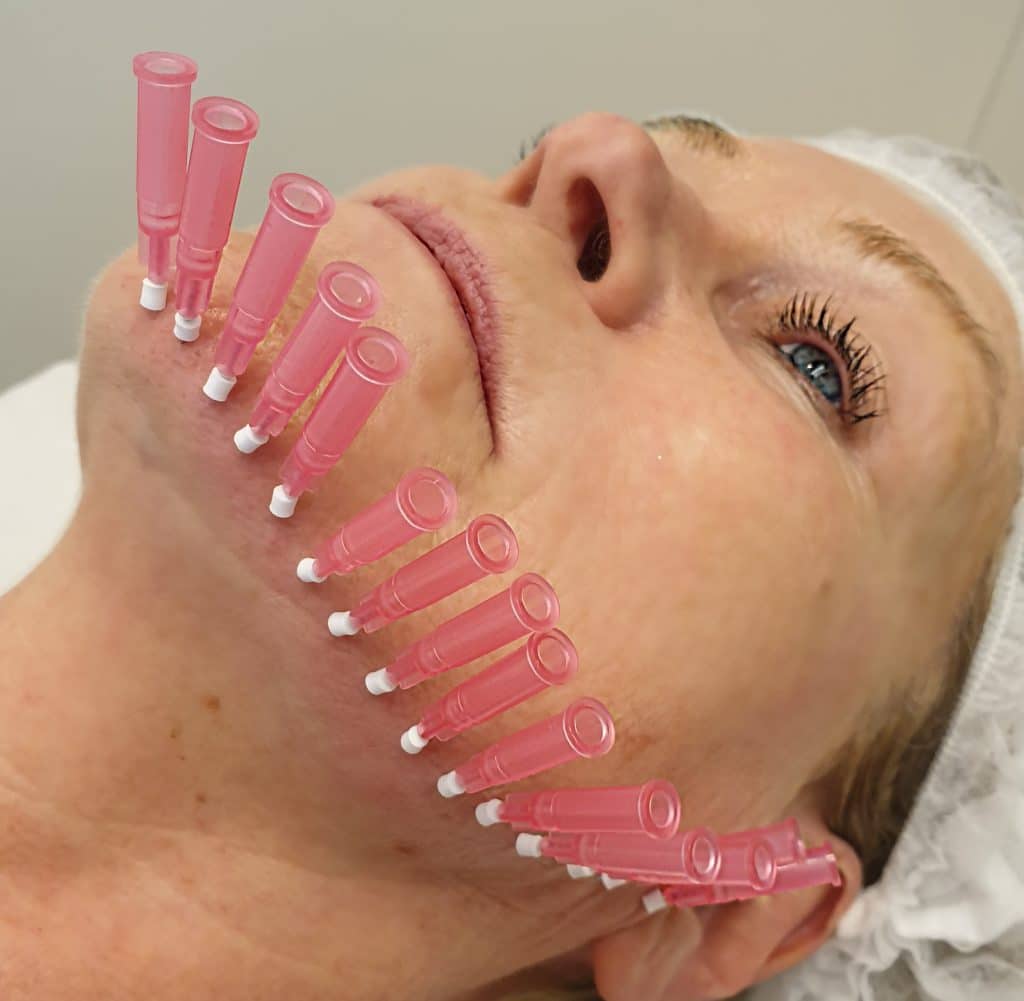Did you know that 85% of athletes use compression garments for better performance? Compression garments for thighs are a game-changer. They enhance blood flow, reduce muscle soreness, and speed up recovery. Whether you’re an athlete or just starting your fitness journey, these garments can make a difference.
Not only do they support your muscles, but they also help prevent injuries. From running to weightlifting, compression gear is versatile and effective. Discover how these simple pieces of clothing can elevate your workout routine and overall health.
Understanding Thigh Compression Garments
Definition and Function
Thigh compression garments are specialized clothing designed to apply pressure to the thighs. They help improve blood circulation and reduce muscle soreness. Athletes often use them to enhance performance and speed up recovery. People with medical conditions like varicose veins also benefit from these garments.
These garments work by compressing the muscles and veins in the thighs. This compression increases blood flow and reduces swelling. Many find relief from muscle fatigue and pain due to this enhanced circulation.
Importance of Size and Fit
Choosing the right size is crucial for effective compression. A garment that is too tight can restrict blood flow, while one that is too loose won’t provide enough pressure. Accurate measurements of thigh circumference are essential.
Most manufacturers offer sizing charts. These charts help users select the correct size based on their measurements. Wearing the correct size ensures maximum benefits from the compression garment.
Materials Used
Compression garments come in various materials, each with unique benefits. Common materials include:
- Nylon: Known for its durability and elasticity.
- Spandex: Offers high stretchability and comfort.
- Polyester: Provides moisture-wicking properties.
Nylon is often used in athletic compression wear because it holds its shape well. Spandex is popular due to its flexibility, making it comfortable for long-term use. Polyester helps keep the skin dry by wicking away sweat, which is beneficial during intense physical activities.
Exploring Benefits for Pain Relief and Support
Pain Reduction
Compression garments help reduce thigh pain and swelling. They apply gentle pressure to the thighs. This pressure helps decrease inflammation. Patients often experience less discomfort.
Doctors recommend these garments for various conditions. For example, they are useful for people with chronic pain or after surgery. The fabric helps patients by providing consistent compression.
Improved Circulation
Thigh compression garments improve blood circulation. Good circulation is vital for health. These garments help veins push blood back to the heart. This reduces the risk of blood clots.
Athletes use these garments to enhance performance. Better circulation means more oxygen reaches muscles. This can lead to improved endurance.
Physical Activity Support
These garments provide support during physical activities. They stabilize muscles and joints. This support can prevent injuries.
People recovering from injuries also benefit. Compression wraps offer extra protection to healing tissues. They allow safe movement without causing further damage.
Recovery Assistance
Compression garments aid in recovery after intense workouts. They help reduce muscle soreness. This makes it easier to return to training quickly.
Medical professionals often suggest these items post-surgery. The results show faster healing times with fewer complications. Patients feel more comfortable and secure wearing them.
Everyday Use
Many find compression garments helpful in daily life. They are not just for athletes or patients. People who stand or sit for long periods can benefit too.
These garments offer all-day comfort and support. Some even wear them during travel to avoid swelling and discomfort.
Types of Thigh Support Products
Sleeves
Thigh compression sleeves are a popular choice. They provide targeted support to the thigh muscles. These sleeves are easy to wear and remove. They are often used during sports activities. Athletes prefer them because they do not restrict movement.
Sleeves can help reduce muscle vibrations. This minimizes fatigue and improves performance. They also aid in faster recovery after exercise. Some brands offer sleeves made from sustainable materials. Look for products with OEKO-TEX STANDARD 100 certification.
Tights
Compression tights cover the entire leg. They offer comprehensive support from the waist down to the ankles. These are ideal for runners and cyclists. Tights provide even pressure along the legs, enhancing blood circulation.
They can prevent muscle soreness and injuries. Compression tights are also beneficial for long flights or extended periods of standing. Sustainable options are available in the market. Choose tights that have eco-friendly certifications.
Shorts
Compression shorts focus on the upper leg area. They are perfect for gym workouts and high-intensity training. These shorts offer freedom of movement while supporting the thighs and hips.
They can reduce the risk of strains and sprains. Many athletes use them for their versatility and comfort. Some compression shorts come with moisture-wicking properties, keeping you dry during workouts.
Comparison
Each type of thigh support product has its benefits. Sleeves are best for targeted support during sports activities. Tights provide full-leg coverage, making them ideal for endurance sports and long hours of use.
Shorts offer a balance between support and mobility. They are great for various physical activities. When choosing a product, consider your specific needs and preferences.
Sustainability
Sustainable products are becoming more common in the market. Look for garments with recognized certifications like OEKO-TEX STANDARD 100. These products ensure that no harmful substances are used in their production.
Sustainable compression garments are better for the environment. They often use recycled materials or eco-friendly fabrics. By choosing these products, you contribute to reducing environmental impact.
Features to Look for in Compression Garments
Compression Level
Compression levels vary. Different garments offer different levels of pressure. Compression stockings often provide mild to moderate compression. This is suitable for everyday wear. For more intense support, look for higher compression levels. High-pressure garments help athletes and those with medical conditions.
Comfort
Comfort is key. Breathable materials enhance comfort. They allow air circulation. Moisture-wicking properties keep the skin dry. This prevents irritation and rashes. Overall garments with these features are ideal for long-term use.
Safe Materials
Choose garments made with safe chemicals. Some fabrics can be harmful. Look for eco-friendly options. These are better for human health and the environment. Certified products ensure safety standards.
Zipper Options
Zippers add convenience. Maximum zipper overall and maximum short zipper overall make it easy to put on and take off the garment. They save time and effort, especially for people with limited mobility.
Size Range
Size matters. Compression garments come in various sizes, from sizes XS to larger options. Ensure a proper fit to get the best benefits. A well-fitted garment offers optimal support and comfort.
Relief Options for Groin and Sciatica
Targeted Compression
Certain thigh compression garments are designed to target groin and sciatica pain relief. These garments apply pressure specifically to the affected areas. This targeted compression helps reduce inflammation and improve blood flow. It can also alleviate muscle tension.
For instance, some garments have built-in support bands. These bands focus on the groin area, providing extra stability. They help reduce strain during physical activities.
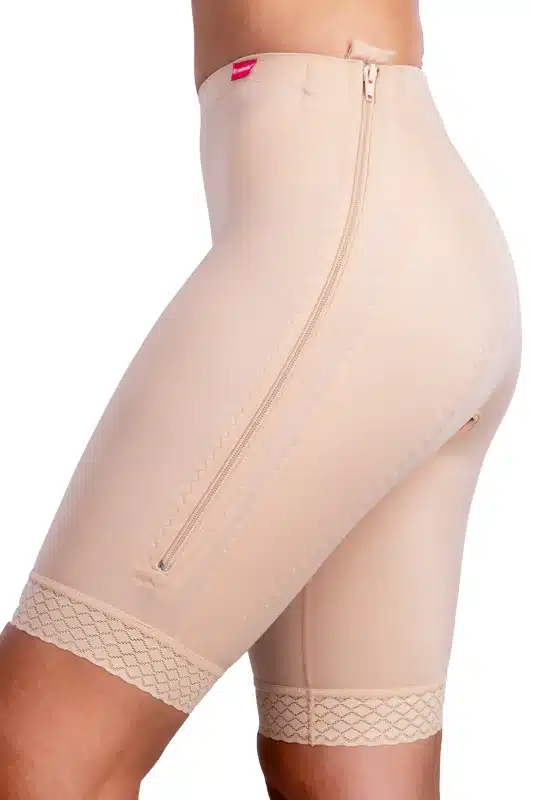
Specific Areas
Look for garments that offer targeted compression in specific areas for relief. Some compression shorts come with additional padding. This padding cushions the thighs and reduces pressure on the sciatic nerve.
There are options with adjustable straps. These straps allow you to customize the level of compression. Adjusting the straps can provide more comfort and effectiveness.
Healthcare Provider Consultation
Consulting with a healthcare provider is crucial. They can help you choose the right garment for your specific condition. A healthcare provider can assess your needs and recommend appropriate products.
They might suggest different levels of compression based on your symptoms. For example, light compression might be suitable for mild discomfort. Higher levels of compression could be needed for severe pain.
Enhancing Workouts with Thigh Trimmers
Benefits of Thigh Trimmers
Thigh trimmers offer several advantages during workouts. They help in enhancing performance and speeding up recovery. By providing compression, they support the thigh muscles. This reduces muscle fatigue and soreness.
Compression garments for thighs also improve blood circulation. Better circulation means more oxygen reaches the muscles. This helps in quicker recovery post-exercise.
Heat and Sweat Production
Wearing thigh trimmers increases heat around the thighs. The increased heat leads to more sweat production. Sweating helps in removing toxins from the body.
Enhanced sweat production also aids in weight loss efforts. It helps burn more calories during a workout session. The extra heat makes the muscles work more efficiently.
Selecting the Right Thigh Trimmer
Choosing the correct thigh trimmer is crucial. Consider the intensity and duration of your workouts. For high-intensity exercises, select a trimmer with strong compression.
For longer workout sessions, comfort is key. Look for breathable materials to prevent excessive sweating and discomfort. Ensure that the trimmer fits snugly but does not restrict movement.
Real-Life Examples
Many athletes use thigh trimmers during training. They find it helps with muscle support and endurance. For instance, runners often wear them to reduce muscle strain.
People recovering from injuries also benefit from thigh trimmers. They provide necessary support without hindering mobility.
Selecting the Right Compression Product
Size and Fit
Measure your thighs accurately. Use a detailed measuring guide to ensure precision. Wrap a tape measure around the widest part of your thigh. Note the measurement in centimeters or inches.
Check the size chart provided by the manufacturer. Each brand may have different sizing standards. This helps in selecting the right fit for maximum benefits.
Customer Feedback
Look for products with positive reviews. Items rated 4+ stars are generally reliable. These ratings reflect customer satisfaction and effectiveness.
Read reviews to understand others’ experiences. Customers often share insights about comfort, durability, and performance. This can help in making an informed choice.
Promotions and Discounts
Take advantage of available promotions. Many online stores offer discounts like 5%, 10%, or 15% off at checkout. These deals can make high-quality compression garments more affordable.
Sign up for newsletters from compression product websites. They often send exclusive discount codes and early access to sales.
Online Experts
Consult an online compression expert for advice. These professionals can recommend products based on your needs and measurements.
Seek guidance from an op compression specialist if you have specific medical conditions. They can provide tailored advice to ensure you choose the right garment.
Popular Brands
Consider brands known for quality and effectiveness. Some popular options include:
- Compression Guru
- Total Sort
- Op Compression
These brands offer a range of products designed to meet various needs.
Material and Durability
Choose garments made from durable materials. Look for fabrics like spandex and nylon, which provide elasticity and support.
Check if the product is breathable and moisture-wicking. This ensures comfort during prolonged use, especially during workouts.
Return Policy
Review the return policy before purchasing. A good return policy allows you to exchange or refund if the product doesn’t fit well or meet expectations.
Managing Conditions with Thigh Compression
Varicose Veins
Compression garments help manage varicose veins. They improve blood flow and reduce swelling. Wearing them can prevent the veins from getting worse.
Varicose veins often appear after thigh surgery or other surgical procedures. Compression garments provide support during recovery. They also help alleviate discomfort and pain.
Lymphedema
Lymphedema causes swelling in the legs. Compression garments can reduce this swelling. They apply pressure to the thighs, knees, and waist.
These garments are useful after liposuction procedures. Swelling is common after such surgeries. Compression helps manage this symptom effectively.
Post-Surgical Recovery
After a thigh lift surgery, compression garments are essential. They support the healing process. These garments help minimize excess skin and reduce swelling.
Patients also use them after simple liposuction and other cosmetic surgery procedures. The garments ensure that the skin adheres properly to the new contours of the body.
Consulting Healthcare Professionals
Always consult a healthcare professional before using compression garments for medical conditions. A doctor can recommend the right type and fit.
Incorrect usage can lead to complications. For example, too much pressure might worsen symptoms rather than help them.
Monitoring Effectiveness
Regularly monitor the effectiveness of the compression garment. Check if it is reducing symptoms like swelling and discomfort.
Adjustments may be necessary over time. This ensures that the garment continues to provide optimal benefits.
Tips for Using Thigh Compression Garments
Proper Wear
Make sure to wear thigh compression garments correctly. Start by pulling the garment up evenly. Ensure there are no wrinkles or folds. Wrinkles can cause discomfort and reduce effectiveness.
Always wear clean garments. Wash them regularly to maintain hygiene. Follow the manufacturer’s washing instructions. Avoid using fabric softeners as they can damage the material.
Gradual Compression Increase
Begin with a lower level of compression. Your body needs time to adjust. Gradually increase the compression as tolerated. This helps prevent discomfort and potential skin issues.
For new users, consult a healthcare professional. They can recommend the right compression level based on your needs. Increasing compression too quickly can lead to problems.
Regular Fit Check
Regularly check the fit of your compression garments. A proper fit ensures maximum benefits. The garment should feel snug but not overly tight.
Look for signs of wear and tear. Replace the garment if it starts to lose elasticity or shows signs of damage. Worn-out garments won’t provide effective compression.
Caring for Your Garments
Proper care extends the life of your compression garments. Hand wash them in cold water with mild detergent. Rinse thoroughly and air dry.
Avoid wringing or twisting the fabric. This can damage the fibers and reduce their effectiveness. Store them flat in a cool, dry place.
Monitor Skin Condition
Keep an eye on your skin condition while using compression garments. Look for any signs of irritation or redness. If you notice any issues, take a break from wearing them.
Consult a healthcare professional if skin problems persist. They may suggest alternatives or adjustments to your current regimen.
Daily Use Guidelines
Wear your thigh compression garments daily for best results. Put them on in the morning and remove them before bed.
Consistency is key to managing conditions effectively. Regular use helps maintain circulation and reduces swelling.
Summary
You now have a comprehensive understanding of thigh compression garments and their benefits. From pain relief to workout enhancement, these products offer versatile support. Selecting the right garment is crucial for managing conditions like sciatica and groin pain.
Ready to elevate your comfort and performance? Explore our recommended compression garments today and experience the difference for yourself. Don’t wait—take control of your health and well-being now!
Frequently Asked Questions
What are thigh compression garments?
Thigh compression garments are specialized clothing designed to apply pressure to the thighs. They help improve blood flow, reduce muscle fatigue, and provide support during physical activities.
How do thigh compression garments aid in pain relief?
These garments help by reducing inflammation and swelling. They provide support to muscles and joints, which can alleviate pain from conditions like sciatica or groin injuries.
What types of thigh support products are available?
There are various types, including sleeves, wraps, and shorts. Each type offers different levels of compression and support, catering to specific needs and activities.
What features should I look for in compression garments?
Look for breathable fabric, graduated compression, moisture-wicking properties, and a comfortable fit. These features ensure effectiveness and comfort during use.
Can thigh trimmers enhance workouts?
Yes, thigh trimmers can boost workouts by increasing sweat production and promoting better circulation. This helps in burning more calories and improving muscle performance.
How do I select the right compression product?
Consider your specific needs, such as the level of support required and the type of activity you’ll be doing. Consulting with a healthcare professional can also guide you in making the best choice.
Are thigh compression garments effective for managing conditions like sciatica?
Yes, they can be effective. By providing targeted support and reducing pressure on affected areas, these garments can alleviate symptoms associated with sciatica.

